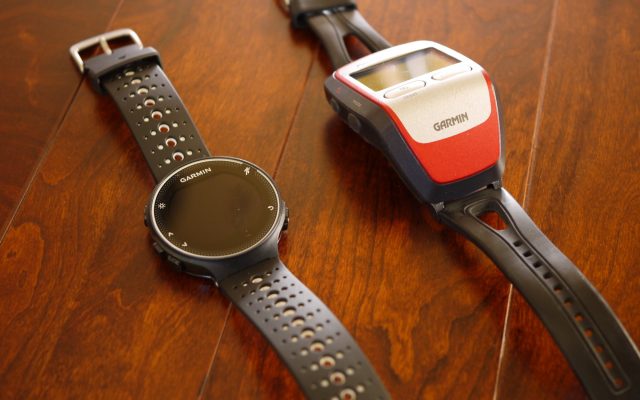
After a decade of faithful service, it was time to retire my old Forerunner 305. While the electronics still work, the silicone watch band failed back in December. Due to poor running weather and an injury, I put off replacing it until recently.

After a decade of faithful service, it was time to retire my old Forerunner 305. While the electronics still work, the silicone watch band failed back in December. Due to poor running weather and an injury, I put off replacing it until recently.
Currently, there are several, closely related template tags that each exhibit slightly different behaviors. These are: %title%, %htitle%, %ftitle%, and %fhtitle%. As their names suggest, they will be replaced with the resource’s title. However, how this title is processed differs between the tags.
Note that the “Max Title Length” setting is deprecated. Hence, both %ftitle% and %fhtitle% are deprecated and not recommended for use. They are included in this discussion for the sake of completeness.
Below is a table outlining the behavior of these tags for the same title with the max length set to ~10 characters and with the max length setting disabled.
| Template Tag | Max Title Length1 | Title | Result |
|---|---|---|---|
| %title% | 10 | Hello <em>World</em> Leaders | Hello <em… |
| %htitle% | 10 | Hello <em>World</em> Leaders | Hello <em… |
| %ftitle% | 10 | Hello <em>World</em> Leaders | Hello World Leaders |
| %fhtitle% | 10 | Hello <em>World</em> Leaders | Hello <em>World</em> Leaders |
| %title% | Disabled | Hello <em>World</em> Leaders | Hello World Leaders |
| %htitle% | Disabled | Hello <em>World</em> Leaders | Hello <em>World</em> Leaders |
Notice that the resulting strings for the standard %title% tag and the %ftitle% tag do not contain HTML tags. Thus, they are safe for use within HTML tag attributes (e.g. the title attribute). To maintain HTML tags present in the resource’s title, use the %htitle% tag.
Note that the Max Title Length setting does not affect the resulting string for the %ftitle% and %fhtitle% template tags. In fact, by design, they are the same as %title% and %htitle% when “Max Title Length” is disabled. However, note that since the Max Title Length setting is deprecated, these template tags are as well.
Lastly, note that when using the Max Title Length setting, HTML tags may be left open or even incomplete. Therefore, it is strongly recommended that CSS is used to trim the breadcrumb title length rather than the deprecated Max Title Length setting. An additional benefit to using CSS is it does not mess with the actual content of the breadcrumb trail, allowing search engines to pick up on the full titles rather than the trimmed ones.
-John Havlik
[end of transmission, stay tuned]
Notes:

Announcing the immediate availability of Breadcrumb NavXT Menu Magic 1.1.5. This version fixes a bug relating to Breadcrumb NavXT Menu Magic’s handling of CPT root pages.
Previously, if a CPT root page was located in a menu, the menu hierarchy would only be followed when on said CPT root page, or if said root page had a parent page that is not the front page. This normally manifested itself when on a single post instance of a CPT, the menu hierarchy containing the CPT root page would not be followed. With version 1.1.5, Breadcrumb NavXT Menu Magic will always follow the menu hierarchy that a CPT root page is in.
Users with valid and activated license keys should receive an update notification within the WordPress dashboard and be able to use the update mechanism to update (just like with any plugin in the WordPress.org repository).
-John Havlik